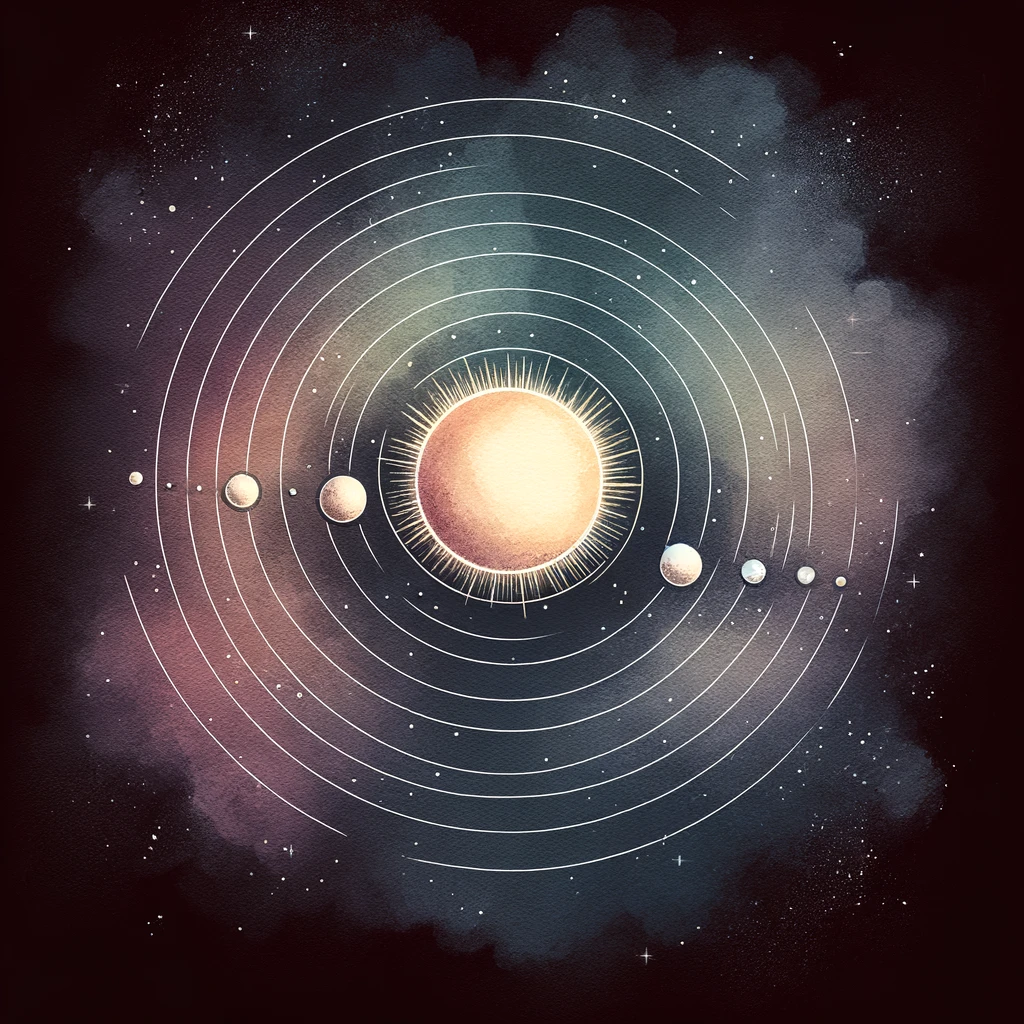Introduction
Understanding the formation of the solar system is fundamental to grasping the broader concepts of astronomy and the evolution of the universe. This topic delves into the origins of the universe, the formation of stars, and the processes that led to the development of planets within our solar system. For UPSC aspirants, this knowledge is crucial as it forms the basis of general geography and helps in understanding the Earth’s place in the cosmos.

The Big Bang Theory
The Big Bang Theory is the most widely accepted explanation for the origin of the universe. It proposes that the universe began as an infinitely small, hot, and dense point approximately 13.8 billion years ago. This point, known as a singularity, expanded rapidly in a cataclysmic event, leading to the formation of the universe. Key points about the Big Bang Theory include:
- Expansion of the Universe: Initially, the universe expanded extremely rapidly in a period known as inflation. This expansion caused the universe to cool, allowing the formation of subatomic particles and simple atoms.
- Formation of Elements: In the first few minutes, nucleosynthesis occurred, forming the first light elements, primarily hydrogen and helium.
- Cosmic Microwave Background (CMB): The residual heat from the Big Bang, detected as CMB radiation, provides strong evidence for this theory. It represents the thermal radiation left over from the early stages of the universe.

Formation of Stars
Stars are the fundamental building blocks of galaxies and play a critical role in the formation of planetary systems. The process of star formation involves several stages:
- Nebula: Stars form in massive clouds of gas and dust known as nebulae. These clouds consist mostly of hydrogen, the simplest and most abundant element in the universe.
- Gravitational Collapse: Under the influence of gravity, regions within a nebula start to collapse, leading to the formation of dense cores. As these cores collapse, they heat up and eventually form protostars.
- Nuclear Fusion: When the core temperature of a protostar reaches about 10 million degrees Celsius, nuclear fusion ignites, converting hydrogen into helium and releasing immense amounts of energy. This marks the birth of a new star.
Accretion of Planets
Planets form from the residual material left over after star formation. This process occurs in a few key stages within the protoplanetary disk, a rotating disk of gas and dust surrounding a young star:
- Dust Coalescence: Tiny dust grains within the disk collide and stick together, forming larger particles through a process known as accretion.
- Planetesimals: Over time, these particles grow into kilometer-sized bodies called planetesimals. Through continued collisions and gravitational interactions, planetesimals merge to form protoplanets.
- Differentiation: As protoplanets grow, their internal structure differentiates, with denser materials sinking to the center and lighter materials forming outer layers. This differentiation leads to the formation of a planet’s core, mantle, and crust.
Current Models and Evidence
Modern astronomy relies on various models and observational evidence to understand the origins of the solar system:
- Solar Nebula Hypothesis: This model suggests that the solar system formed from the gravitational collapse of a fragment of a giant molecular cloud. This hypothesis is supported by the consistent age of solar system bodies and the distribution of angular momentum.
- Exoplanet Observations: Observations of exoplanets (planets outside our solar system) provide comparative data, supporting the idea that planetary systems are common and form through similar processes.
- Meteorite Analysis: The study of meteorites, which are remnants of the early solar system, offers clues about the composition and conditions present during the solar system’s formation.

Conclusion
The formation of the solar system is a complex process that began with the Big Bang and involved the formation of stars and the accretion of planets. The Big Bang Theory provides a foundation for understanding the universe’s origins, while the processes of star formation and planetary accretion explain how our solar system and others like it came to be. This knowledge is not only essential for the UPSC syllabus but also enriches our understanding of the cosmos and our place within it.


